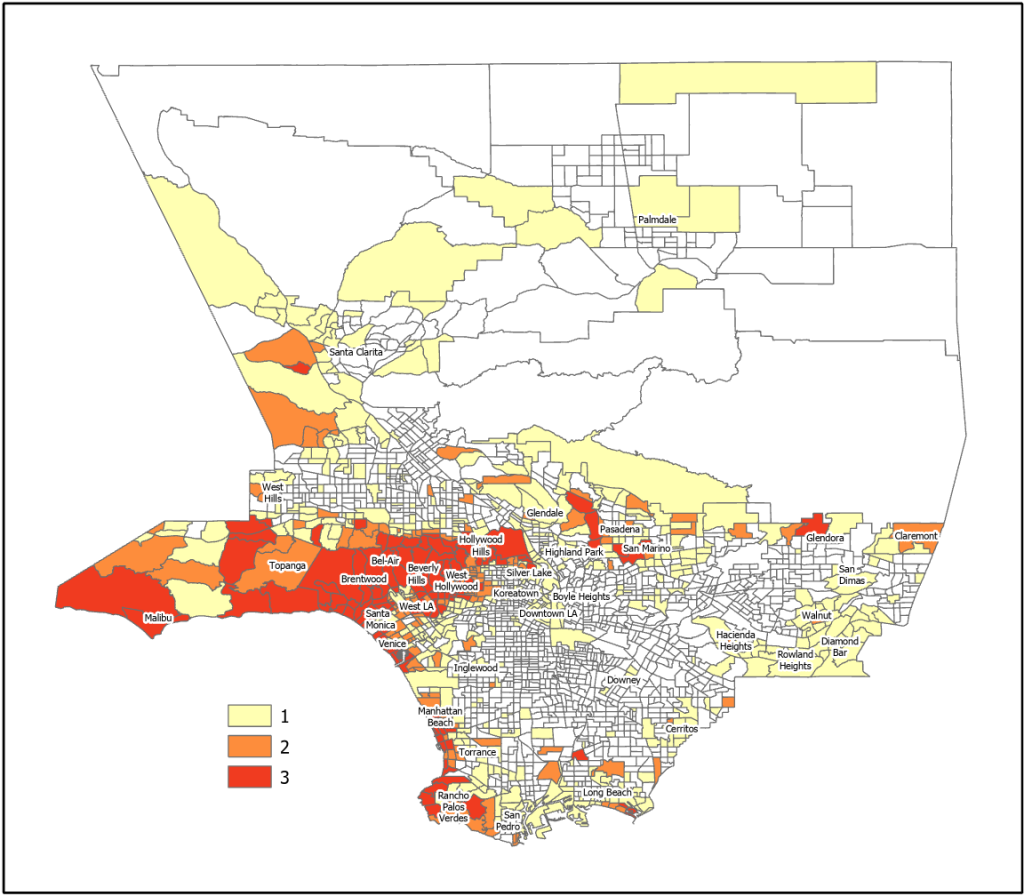This study proposes a new strategy for measuring gentrification in neighborhoods. It uses a latent class analysis strategy to determine different types of gentrifying neighborhoods based on various characteristics. The study demonstrates that gentrification is not a “one size fits all” type of process, and it can look different across various neighborhoods.
You can access the article by Seth Williams and Dr. John R. Hipp in the journal Environment and Planning A: Economy and Space entitled, “The shape of neighborhoods to come: Examining patterns of gentrification and holistic neighborhood change in Los Angeles County, 1980–2010”.
Abstract: “The present study examines holistic neighborhood change in Los Angeles County across three decades between 1980 and 2010. Using Census tract data, we conduct a latent class analysis to identify classes of neighborhood change for each decade according to housing dynamics, age structure, racial-ethnic composition and churning, and socioeconomic characteristics, and describe latent classes indicative of gentrification. Further, we assess the degree to which tracts experience sustained or repeated gentrification over the 30 year period. In line with more recent conceptualizations of gentrification as a broad urban process, we find that gentrification occurs in a wide range of neighborhoods, and manifests itself differently according to shifts in population characteristics, with many tracts experiencing more than one successive period of gentrification over the 30 year period.”
Below is a map of the gentrifying neighborhoods we identified from 2000-2010.
